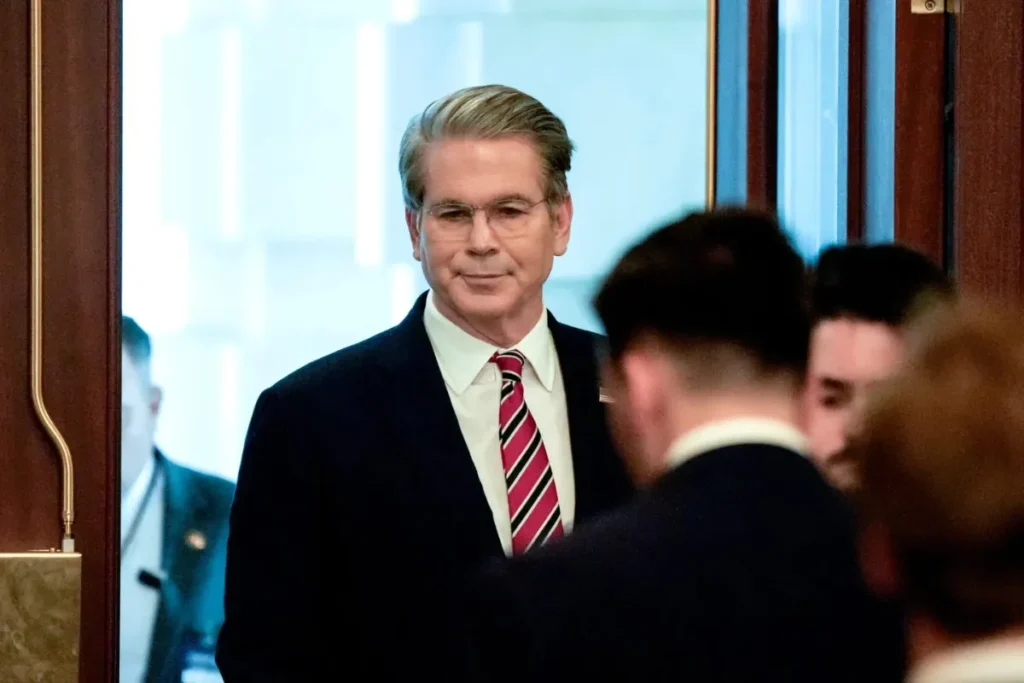
Introduction: A Pivotal Moment in US-India Relations
In a significant development, US Treasury Secretary Scott Bessent has revealed that India is poised to be the first country to finalize a new bilateral trade agreement with the United States. This announcement underscores the strengthening economic ties between the two nations and sets the stage for a transformative phase in their trade relations.
The Road to the Bilateral Trade Agreement
The groundwork for this agreement was laid during Prime Minister Narendra Modi’s recent visit to Washington, where both countries committed to more than doubling their bilateral trade to $500 billion by 2030. To achieve this ambitious goal, officials from both sides have been engaged in intensive negotiations, focusing on reducing trade barriers, enhancing market access, and integrating supply chains. These discussions are expected to culminate in the first tranche of the Bilateral Trade Agreement (BTA) by the end of 2025.
India’s Strategic Positioning
India’s proactive approach in these negotiations reflects its broader economic strategy. Commerce Minister Piyush Goyal emphasized that the country’s “India First” policy guides its participation in these talks, ensuring that the agreement aligns with India’s developmental goals and protects its domestic industries. This stance aims to balance the benefits of increased trade with the need to safeguard local interests.
US Perspective and Strategic Interests
From the US perspective, the timing of this agreement is crucial. Secretary Bessent highlighted that India is uniquely positioned to benefit from the new trade dynamics, especially in light of the Trump administration’s “America First” trade policies. These policies, which include reciprocal tariffs and a focus on reducing trade deficits, have prompted countries like India to seek favourable terms in bilateral agreements. Bessent’s remarks suggest that the US views India as a key partner in its efforts to reshape global trade norms.
Implications for Global Trade
The potential signing of this trade deal between the US and India could have far-reaching implications for global trade. It signals a shift towards more bilateral agreements, moving away from multilateral frameworks that have traditionally governed international commerce. This trend could influence other nations to reconsider their trade strategies and seek more tailored agreements that better serve their national interests.
Conclusion: A New Era in US-India Trade Relations
As both nations work towards finalizing the Bilateral Trade Agreement, the world watches closely. The successful conclusion of this deal would not only mark a significant milestone in US-India relations but also set a precedent for future trade agreements globally. It reflects a shared commitment to economic growth, mutual respect, and a recognition of the evolving dynamics in international trade.




































Leave a Reply